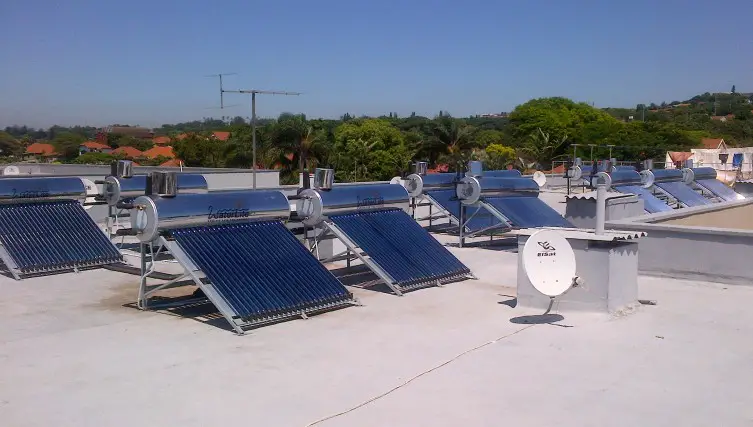Energy regulator and eskom have often been criticised for obstructing the introduction of distributed small.
Eskom rebate solar panels.
Seventy percent of this rebate is payable upfront and the rest in 10 tranches over three years based on energy consumed on site by the company.
Eskom is happy to advise that south africans can still apply for rebates on the purchase of sabs and eskom approved solar water heating systems following installations by eskom accredited installers.
30 of r1000 r300pm.
A small solar system cost around r13 500 00.
The price of solar power has plummeted in recent years.
Eskom is offering home owners rebates of 15 to 20 on the cost of installing solar water heating systems through its solar rebate programme enabling homeowners to save from about r1 860 up to r4 900 on the cost of a solar water heating system.
According to eskom demand side management gm andrew etzinger typically installed systems can range between r14 000 and r33 000 depending on the make and size of the geyser type of roof as well as overall complexity of installation.
Eskom recognised this and as part of their idm programme piloted a rebate tariff of r1 20 kwhr consumed on site over a three year period.
The most common commercial cells are made from purified silicon si.
Why is a solar geyser still a good investment when without a rebate.
Thanks to accelerated depreciation businesses can write off the value of their solar energy system through the modified accelerated cost recovery system macrs which reduces businesses tax burden and accelerates returns on solar investments qualified solar energy equipment is eligible for a cost recovery period of five years.
R13 500 divided by r3600 3 75 years.
Other incentives for solar accelerated depreciation.
By providing rebates through its network of accredited suppliers and installers eskom is making quality solar water heaters.
The silicon cell is essentially a p n junction that utilises the energy from the sunlight to generate electron flow from the p type si via an external resistance to the n type si.
The solar panels would produce on average 25kwh per day over the year if the power produced was fully utilised and any excess energy then stored in the battery for night time consumption.
Solar flair little known tax incentives boost business case for renewable energy.
The cost structure would badly affect those who have installed solar.
According to mybroadband south africa s struggling power utility eskom is currently considering a new pricing structure.
Photovoltaic pv or solar modules are made up of solar cells that are connected in series.

